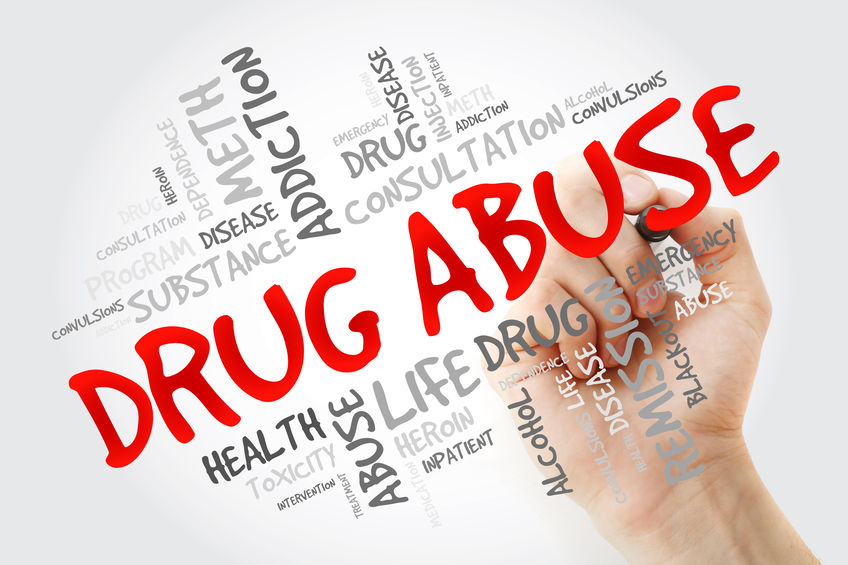Opioid Addiction: Your Questions Answered.
If you are suffering from pain-related conditions, you might have been thinking of asking your doctor for opioid painkillers. But are opioids safe to use? Might they be addictive?
In this article, I will answer a few common questions related to opioid addiction (also known as opioid use disorder).
What are opioids and what are they used for?
Opioids include the likes of morphine, codeine, oxycodone, buprenorphine, tramadol, fentanyl, and heroin. These drugs reduce the perception and experience of pain by attaching to opioid receptors in the body.
Prescription opioids are used to treat a variety of pain conditions. For instance, codeine is used for mild pain; hydrocodone may be given for injury-related and dental pain, and morphine is often prescribed for more severe surgery-related pain. Opioids are also used to treat severe cough and diarrhea.1
Prescription opioids, or illegal opioids like heroin, are sometimes used for recreational purposes (i.e. to get high). Recreational use of opioids may result in intoxication. Opioid intoxication is associated with euphoria that is followed by agitation, impaired memory and judgment, speech difficulties, sedation, and even coma.
In the United States, opioid abuse is a serious problem and is considered an epidemic. For instance, between 1999 and 2018, about 450,000 Americans died from an opioid overdose (both prescription and illicit use).2 Some people who abuse opioids meet the criteria for a psychological disorder called opioid use disorder (described in the next section).
What is opioid use disorder?
As described in the latest diagnostic and statistical manual of mental disorders, the DSM-5, opioid use disorder refers to a problematic pattern of opioid use associated with distress and dysfunction.
If you think you or a loved one might have a problem with opioid use, take a look at the criteria for opioid use disorder:
- You take more opioids (or for a longer period of time) than you had initially planned.
- Despite wanting to reduce your usage, you have had little success.
- You have a persistent urge to use opioids.
- Much of your time is spent in activities related to getting and consuming opioids or recovering from the effects of this substance.
- Due to substance use, you have failed to meet your responsibilities, such as at work.
- You continue to take opioids, even though the drug has created problems in your relationships.
- You have stopped engaging in some activities (e.g., work functions, hobbies) because of your opioid use.
- There have been times when you consumed opioids in dangerous situations, such as when driving.
- Despite experiencing recurring psychological or psychological problems, you continue to take the drug.
- You experience tolerance—that is, you require more opioids to achieve the same high.
- You experience withdrawal symptoms if you reduce your intake.
As for the last criterion, according to the DSM-5, withdrawal symptoms include dysphoria, muscle pain, goosebumps, yawning, sleeplessness, runny nose, increased tearing, widening of the pupil, sweating, diarrhea, nausea, vomiting, and fever.
Getting help
If you have some of the symptoms associated with opioid use disorder, do not hesitate to seek help from a health provider who can treat the substance use disorder and any co-occurring mental health conditions (called dual diagnosis). Dual diagnosis is common. According to an article in the Journal of Clinical Psychiatry, in a sample of patients with co-occurring chronic pain and opioid use disorder, over half met the criteria for lifetime anxiety or mood disorders and three quarters for non-opioid substance use disorders.3
Simultaneous treatment of these other conditions increases the likelihood of successful recovery from the opioid disorder.
References
- https://teens.drugabuse.gov/sites/default/files/prescriptiondrugrrs_11_14.pdf
- https://www.cdc.gov/drugoverdose/epidemic/index.html
- https://www.ncbi.nlm.nih.gov/pmc/articles/PMC6296217


